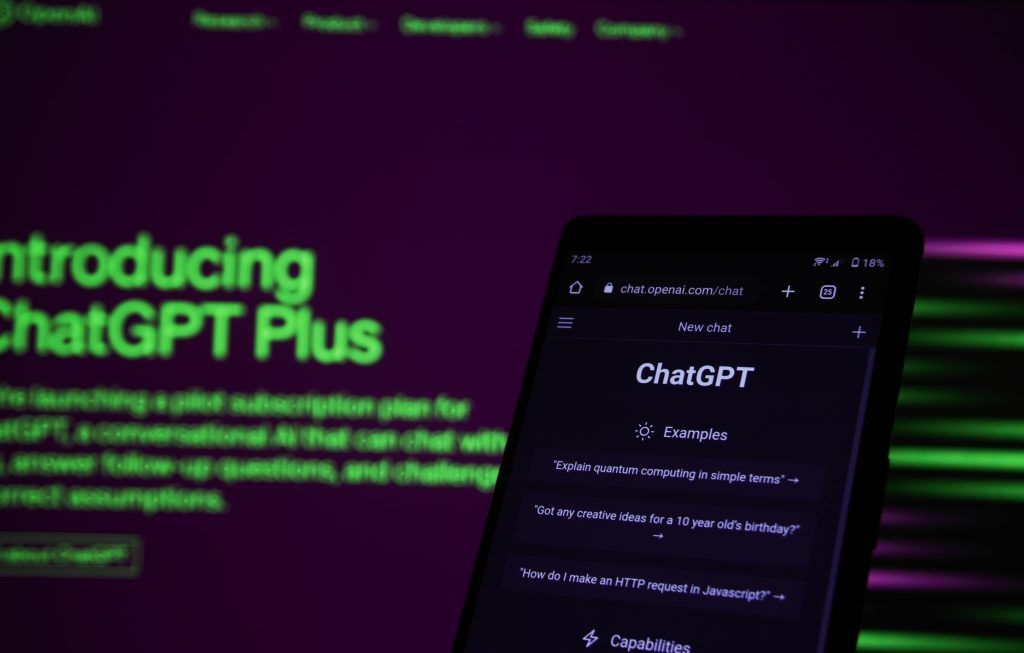You’ve probably heard of ChatGPT, the artificial intelligence (AI) powered chatbot that’s taking the tech world by storm – but what exactly can it do?
ChatGPT is a natural language processing (NLP) model developed by OpenAI, a research organisation dedicated to advancing AI (more on AI’s impact on businesses here). It is one of the most advanced AI models in the world, capable of performing a wide range of language-related tasks, including text generation, text completion, and text classification.
At its core, ChatGPT is a deep learning neural network – a computer program that has learnt a lot of text by reading and can understand and answer questions about what it read. It uses a special design called the transformer that helps it understand the meaning of the text data it comes across. To train the model, OpenAI used a dataset consisting of over 45 terabytes of text data from the internet. This dataset includes a wide range of text, including books, articles, and websites, and the model has been trained to understand and generate text in multiple languages.
One of the most remarkable things about it is its ability to generate coherent and contextually relevant text. This means that the model can generate human-like responses to a wide range of questions and prompts. In fact, in many cases, ChatGPT’s responses are difficult to distinguish from those of a human.
Another key feature is its ability to learn and adapt over time. As the model is exposed to new data and new language patterns, it can update its understanding and generate more accurate and nuanced responses.
ChatGPT has a wide range of potential applications in a variety of fields. In addition to its use in chatbots and customer service, it can also be used in content creation, translation, and even in fields like medicine and law – such as generating medical diagnoses or legal briefs based on large amounts of data.
OpenAI, the company that created ChatGPT, has used it to power various AI applications, such as GPT-3, which is used in a variety of companies across industries. Adobe, Zoom, and Reddit are among the companies that have integrated GPT-3 into their products and services. For example, Reddit has developed a new feature using the AI that allows users to generate and autocomplete text based on what they have already typed.
Of course, like any technology, ChatGPT is not without its limitations and potential risks. Some of the concerns include the possibility of bias in the model, which could lead to discriminatory or inaccurate responses, and the potential for malicious use, such as generating fake news or propaganda.
Nevertheless, we can see that ChatGPT represents a significant step forward in the development of AI and NLP. Its capabilities are not only impressive, but also growing exponentially every day, and its potential for use in a wide range of industries and applications is enormous. As the technology continues to evolve and improve, we can expect to see even more impressive applications of ChatGPT and other NLP models in the future.




